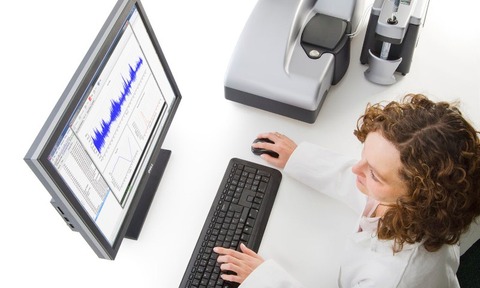
The latest addition to Malvern’s Zetasizer Nano range enables highly sensitive measurement of zeta potential.
According to the company, measuring protein mobility (or zeta potential) by dynamic light scattering is faster and more convenient than conventional methods such as capillary electrophoresis and iso-electric focusing.
The Zetasizer Nano ZSP has the count rate sensitivity needed to easily measure weakly scattering samples such as proteins, and the instrument’s protein mobility measurement process is designed to maximise measurement quality using three specific features:
- By combining size and zeta potential measurements the Zetasizer software can ensure that no aggregates are forming during the measurement, and warn the user is this does start to occur.
- Mobility measurements are performed in groups of sub-runs to allow extended periods of cooling, reducing the possibility of aggregation through heating.
- Automatic optimisation of measurement settings minimises denaturation and aggregation during mobility measurements.
A suite of protein calculators has been added as part of the software developments that accompany the launch of the Zetasizer Nano ZSP.
These include a dynamic DLS Debye Plot which allows calculation of the DLS interaction parameter, especially useful in protein formulation for biological therapeutics. There is also the ability to calculate protein charge from protein mobility.
To download the product brochure, please click on the link above.




